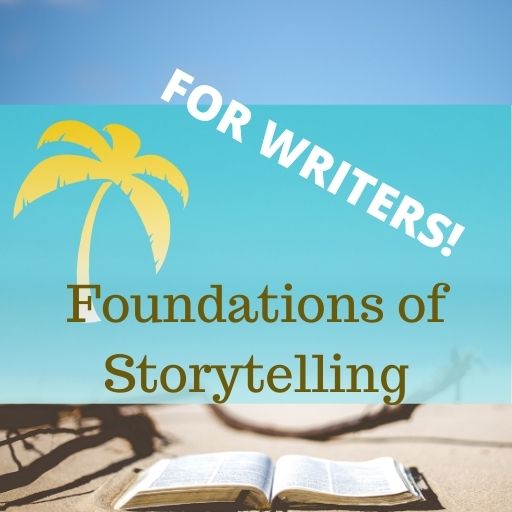Not taking rejection personally
Do you struggle with not taking rejection personally? Let me share some thoughts…
An online writers’ group I belong to recently had a discussion about saying no – how to do it, how to mean it, how to deal with people who try to negotiate after you’ve already said no, and so on.
That got me thinking about the other side of the coin – when people say no to us, or at least say no to our queries and proposals and manuscripts.
There’s a right way to deal with those, too, and keeping in mind the process that goes through your mind when you say no helps ease the sting.
For example, when someone asks me to help with a fundraiser, I may very well see the value of it, but simply not have the time to participate. I have other priorities that take precedence.
Turn this around: when someone says no to my idea, it’s not always because my idea sucks or because I do, but rather that the agent already has a house full of clients or the editor already has something similiar in the lineup.
In other words, it isn’t about me personally. When I say no to someone, I don’t want them to argue with me about it or find reasons to overcome my objections, unless I’m clearly inviting them to do so. “No, I can’t help at the fundraiser” is different from “I’d like to help at the fundraiser, but it’s being held on a day I’m out of town.”
The first means I’m not able to help; the second means I may be willing to do something as long as you don’t expect me to show up on the day of the event.
In the same way, “No, I’m afraid I can’t take you on as a client” is different from “I really like this book idea, but I don’t think it can reach a big enough audience as you currently envision it.”
Understanding how to differentiate between these kinds of responses is crucial for writers. One is an opportunity to show your creativity and ability to respond positively to criticism; the other is an opportunity to move along.
One of the most important things I learned to do as a writer was to make a plan before I ever started submitting a project. So if I was going to submit a manuscript to agents, I didn’t just pick the top three or four I really wanted to work with. I researched fifty or seventy-five, then sent letters to my top ten.
As soon as I got a rejection from one, I sent the pitch to another (always pausing to ask myself if the pitch needed to be reworked).
The other thing I learned to do was detach from outcomes. All I could control was the writing and submitting part of the process.
Once I had the submission plan in place for a particular project, I moved along to the next project. Moving along to the next project is the most important part of dealing with rejection.
I know some people will say, “But you have to be committed to this project! You have to do everything you can for this project!” And while that’s true to some extent, the six months it takes between starting to pitch a project and finding a home for it cannot be solely devoted to that project, unless that project is your life goal. I don’t let any one project be my life goal.
My life goal – to make my living as a writer until they pry the keyboard from my cold, dead hands – requires that I move along until I find the project that hits the sweetspot: I love it, an editor loves it, and an audience loves it. And sometimes it takes a lot of rejection to get there.

Other Helpful Content
The Fine Art of Copyediting Fiction
When copyediting fiction, it’s common to run up against issues that pit author preference against standard editing approaches. For example, in a story I wrote some years ago, the main character’s neighbor is referred to as “3-B” as that is her apartment number and the MC doesn’t know her name. Fine. She can be referred…
Let the manuscript teach you how to edit it
One of the lessons I’ve learned over many years of editing is that you have to let the manuscript teach you how to edit it. Every manuscript is different and every manuscript needs a different touch. Even when an author does something I’ve seen many times before, I have to edit for that particular manuscript,…
Helping Authors Strengthen Story Settings
The setting of a novel consists of multiple elements, big and small, that nest inside each other like those little Russian dolls. We might show this hierarchy of settings like so: If you think about it, the micro setting of “the living room of 601 San Mateo Road Apartment 16” implies the existence of all…
Join the Club!
New to story editing? Begin at the beginning.



